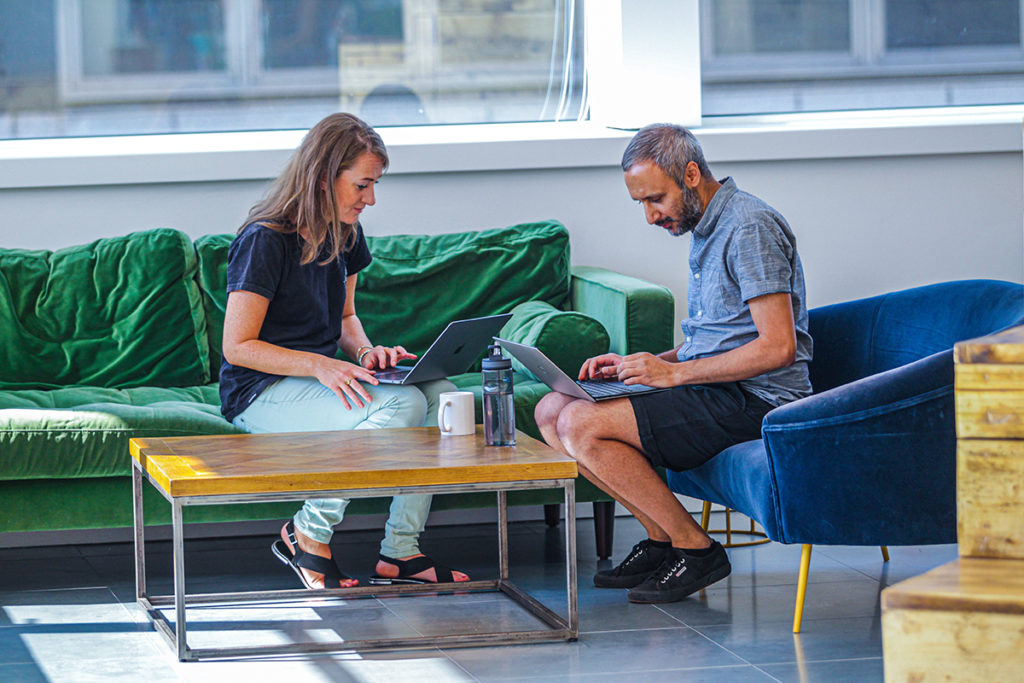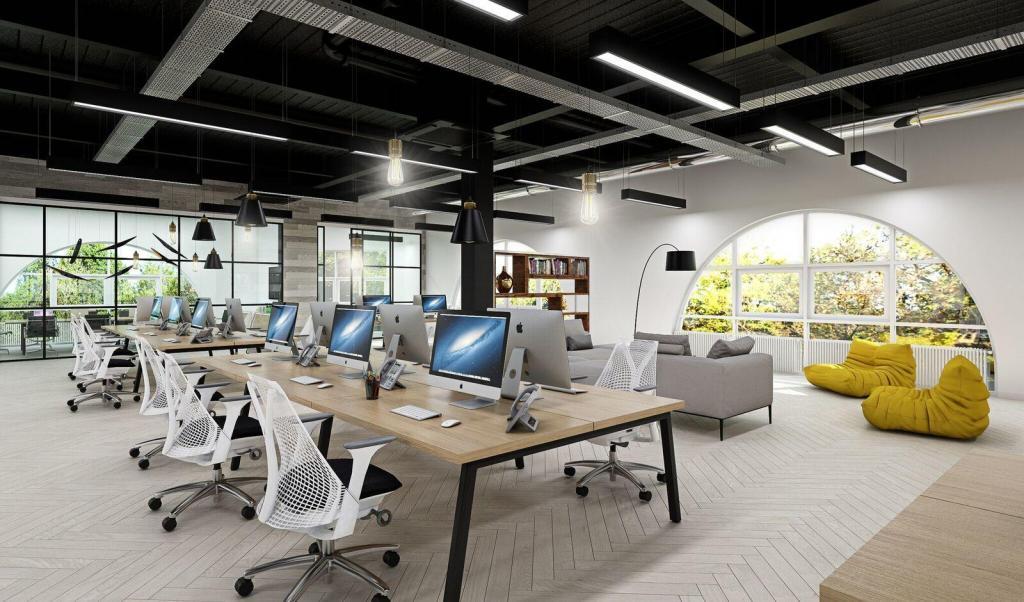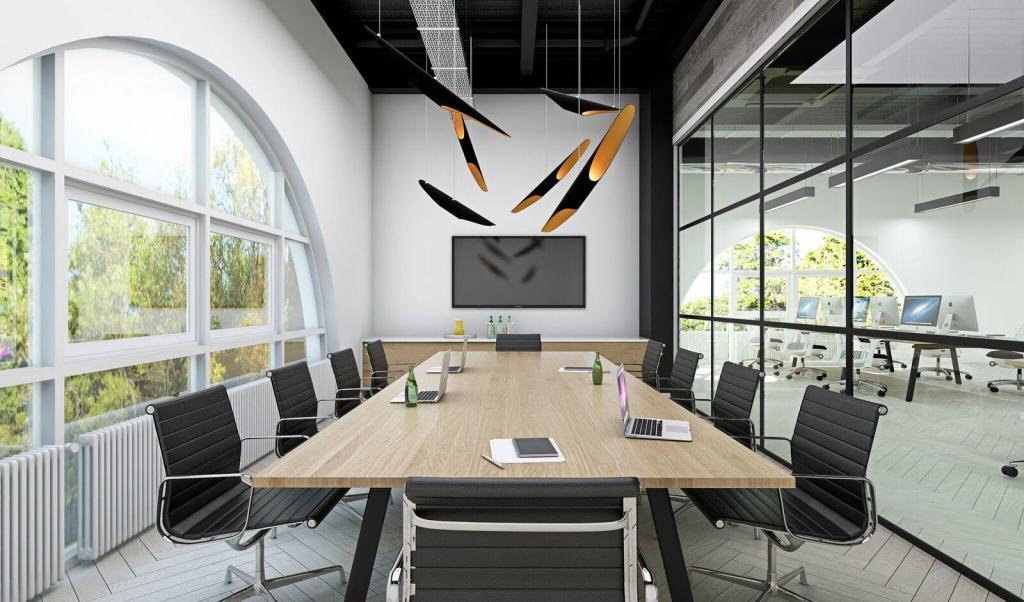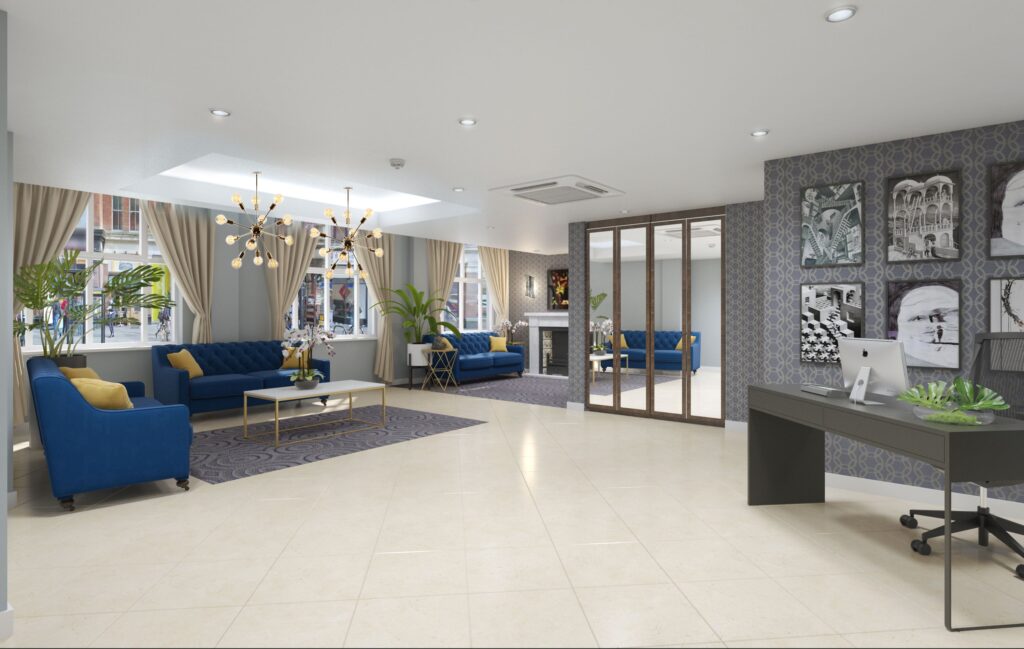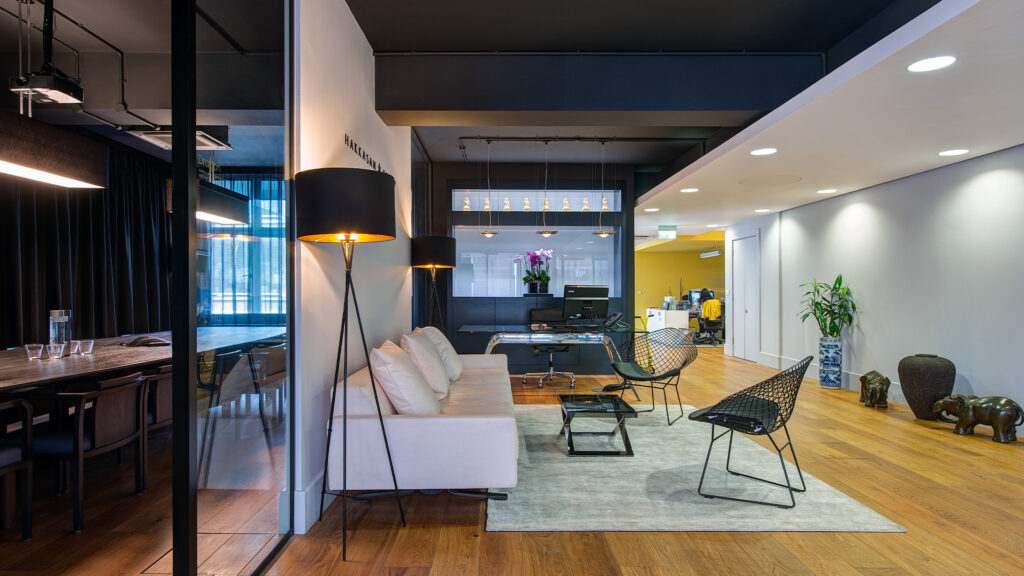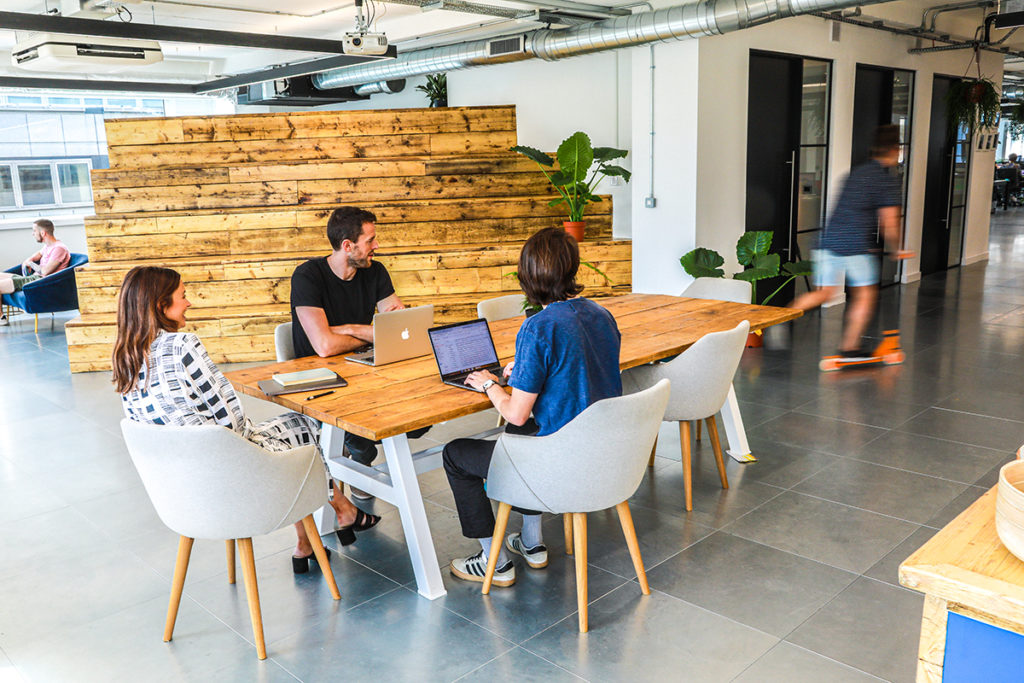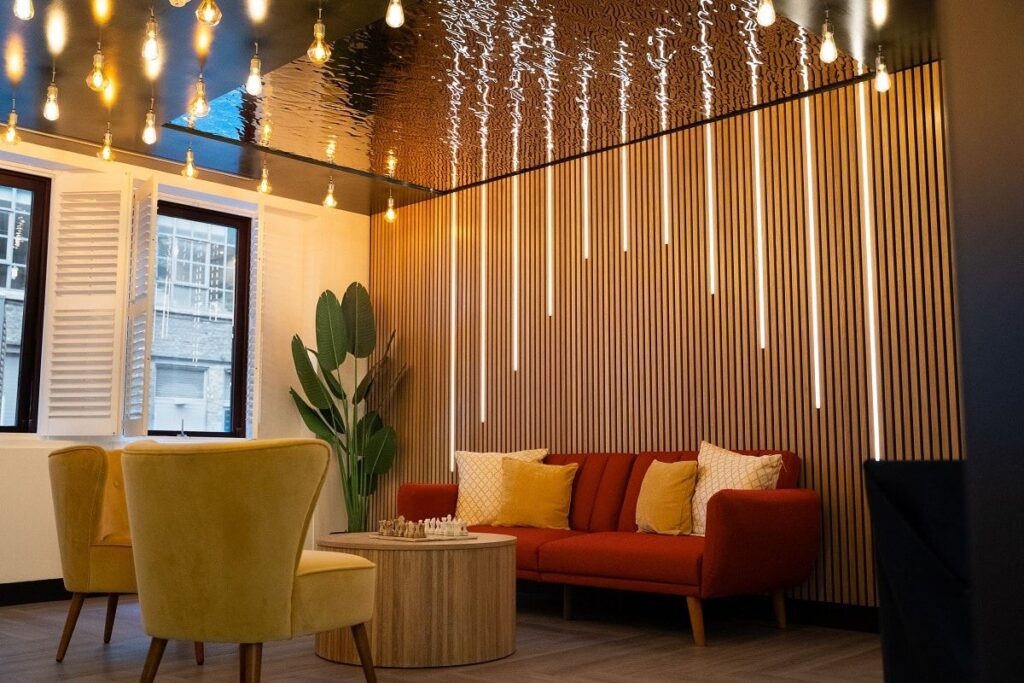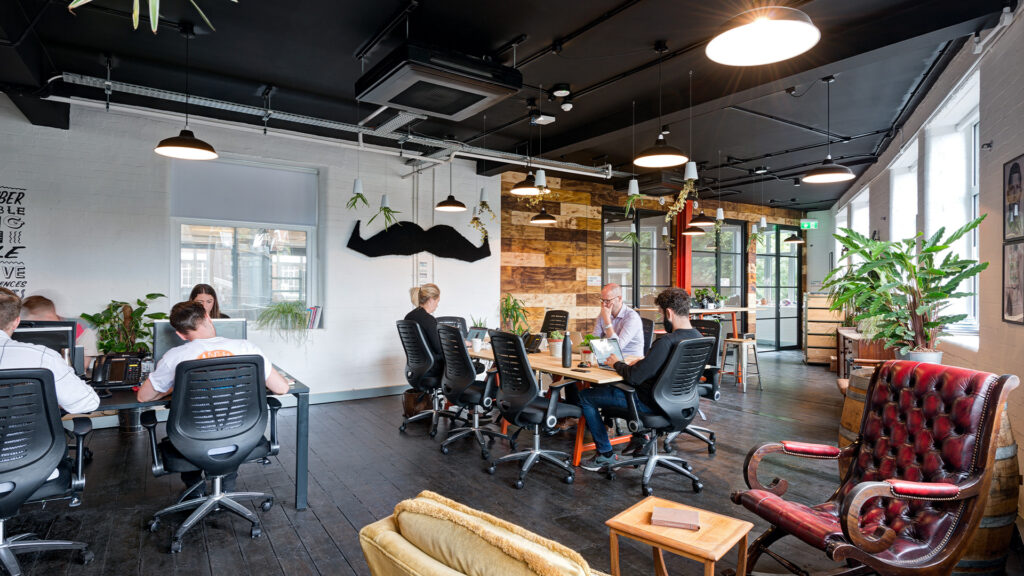Let’s be clear: you don’t have a culture just because you’re considering an office refurbishment. Office interiors are just another piece of the toolkit that helps you build a culture slowly, so your employees can live and assimilate the company’s values over time. In that respect, a culture will exist and evolve with or without an office refurbishment.
That said, office design exerts a powerful force on behaviour. It becomes much harder for people to follow an old behaviour when their office interior design works against them, and in its place a new behaviour becomes easier.
This isn’t about splashing the corporate colours all over the walls. If the rest of your office design doesn’t align with the values of the company, you’d be putting lipstick on a pig. But when you interpret the cultural foundations correctly, and enhance them through a great office fit out, you get a place where people feel proud, inspired, nourished and engaged.
How do you start the process?
By considering your individual employees and the way they approach their work. Who is your workforce? How do they move about, meet clients, interact, chat, relax? Are you dealing with several cultures, spread across different generations, office locations and personality types? What are the brand values and how can they be communicated through the office interior design?
These are not easy questions to answer, but the answers help you put the needle down in the right office design groove. So:
An organisation that is serious about collaboration might ditch hierarchies by placing people in spaces that don’t directly correspond to their title. People will naturally connect with one another more if office design floor plans are open.
Cultures based on innovation can take a page from the GooglePlex and scatter groups of comfy chairs around the office fit out so employees can gather and share ideas.
If productivity is a core value, the office design can be designed around the “grab and go” philosophy of giving workers instant access to the tools, environments and people they need to achieve as much as possible in the shortest period of time. Incorporating docking stations, touchscreens and charging points across the office interior design let people connect to their platforms faster, better and from anywhere.
A flexible culture may choose to apply co-working techniques such as hot desks – work stations that are shared by different workers at different times. This flexibility allows for maximum use of space, giving tangible benefits to the real estate overhead.
A company with a younger workforce should look at morphing work time with social time to create the ultimate “workplayce.” Fun breakout zones, socialising areas, reading corners, cafes and workout spaces give Millennials what they want in an office design and shows that you care about your staff’s physical and emotional well-being.
One word of caution: building a collaborative, creative, productive office design is not a cure-all. No space can change a culture that is risk-averse or one that stifles innovation. But by creating office interiors that mirror the behaviour of the workers who use them, you create an office design that positively impacts the way people work, collaborate and play. It may be letting the inmates run the asylum, but it will provide measurable changes to the happiness, motivation and loyalty of your staff.




